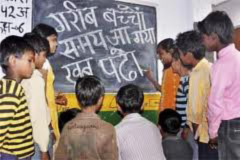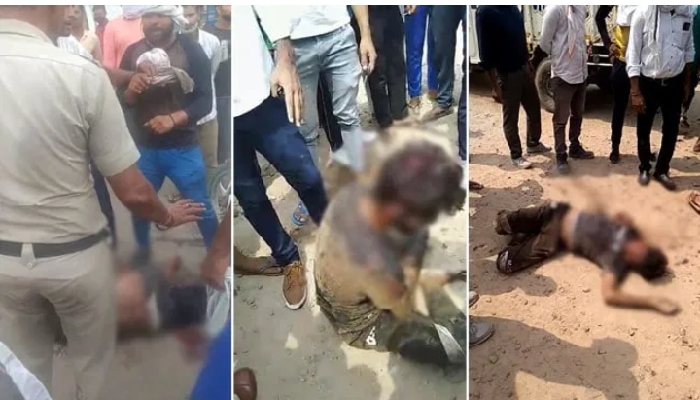
New Delhi, April 14 : With the Supreme Court bringing all recognized schools under the Right to Education (RTE) Act, the government will have to boost spending on its flagship programme to meet the estimated Rs 2.3 lakh crore needed to fund the initiative over 2010-2014.
RTE has been plagued with fund shortfalls with budgetary provision in the last two years being only half of what was estimated. The HRD ministry received Rs 21,000 crore in 2011-12 instead of Rs 43,903 crore. The allocation has gone up only marginally to Rs 25,000 crore in the current 2012-13 budget.
The estimated Rs 2.3 lakh crore, to be shared between Centre and states according to a 65:35 ratio, is also expected to go up as it does not include subsidy the government is to pay private schools to implement a 25% quota for economically disadvantaged students.
The RTE incorporates the successful Sarva Shiksha Abhiyan (SSA) and the ministry had estimated it would need an allocation of Rs 48,000 crore in the current fiscal. Initially, the government had calculated that it would need Rs 40,500 crore in the first year of implementation.
According to educationist Vinod Raina, a key member of the RTE team, "RTE in general suffers from a financial crunch and there has also been a problem of states not being able to spend the funds allocated. There have also been constraints of teacher shortages.''
While RTE rollout has been hampered by a resource crunch and infrastructure bottlenecks for which the government has not always been to blame, targets set for UPA's ambitious programme of social inclusiveness have not been met. The erosion of gender imbalances and reduction of dropout rates are still lagging targets.
Implementation of RTE targets still needs 12 lakh teachers and HRD minister Kapil Sibal has said six lakh posts have been sanctioned that need to be filled. RTE sets an ideal 30:1 student-teacher ratio for primary schools.
The overall annual dropout rate for 2009-10 was 9.1% and this has improved to 6.8% in 2010-11. Total enrollment has increased to 13.52 crore from 13.34 crore in the same period. But worryingly dropout rates have increased in states like Tamil Nadu, Gujarat, Madhya Pradesh, Haryana, Mizoram, Sikkim and Tripura.
There are about 1.29 million elementary schools in the country. Besides funding, shortage of teachers is a crucial hurdle to implementing the Act. According to the ministry, 43% of government schools have a pupil: teacher ratio of more than 30:1. About 9% schools are run by single teachers, while 20% have teachers without professional qualifications. There is an estimated shortage of 12 lakh teachers in eight states, and the worst affected include UP, Bihar and West Bengal.
A recent PAISA report by Accountability Initiative has seconded the government's estimate that allocations to teachers, including salaries, training and teaching inputs such as teacher learning equipment, accounted for the largest share of the SSA budget.
In 2011-2012 teachers accounted for 44% of the budget. School infrastructure made up for the second largest share with a total allocation of 36%, while children (entitlement and special programmes) accounted for 10%.
While per child allocation has doubled from Rs 2, 004 in 2009-1010 to Rs 4, 269 in 2011-2012 the report says that a matching increase in quality parameters is absent. Raina says staggered targets depending upon progress of each state may be the answer to effective implementation.






Comments
Add new comment